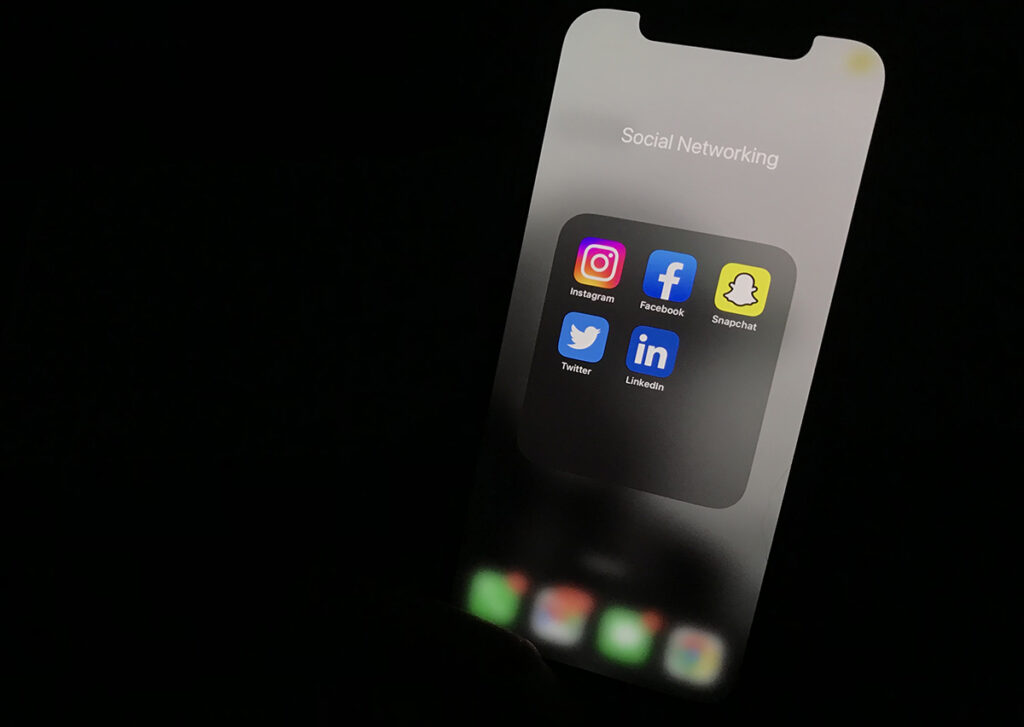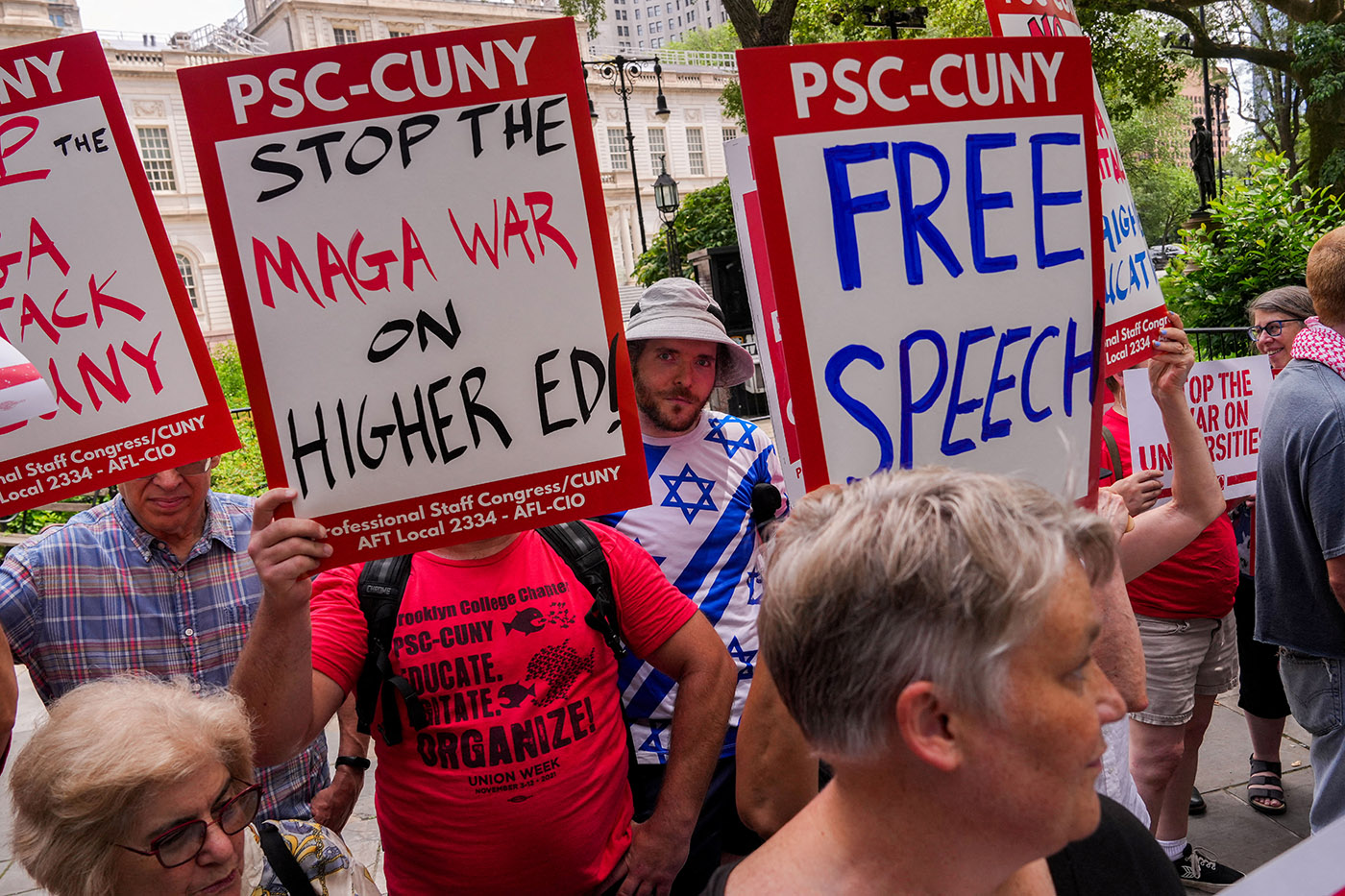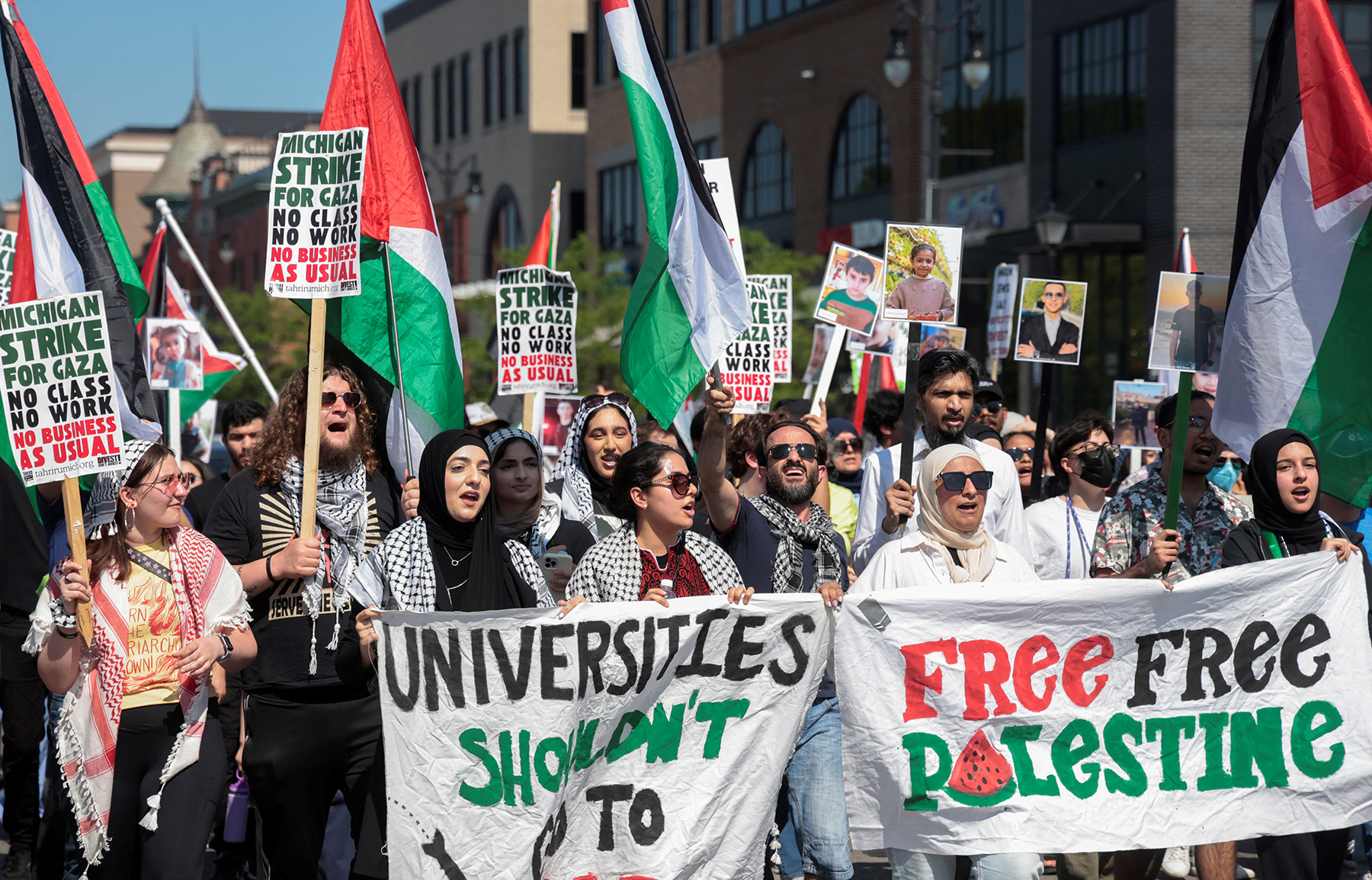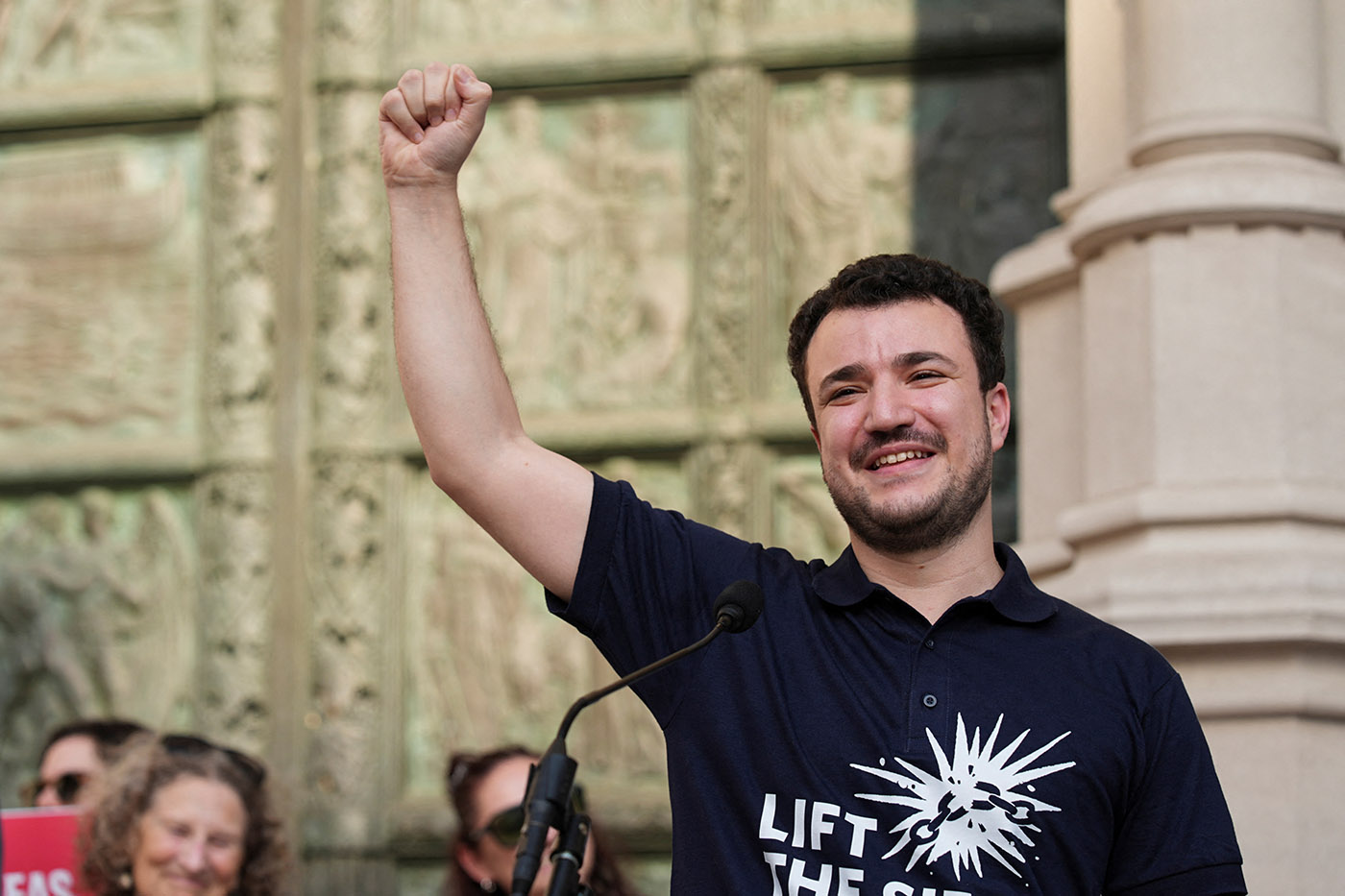A federal appeals court held that a California public high school was within its rights after it disciplined two former students for creating and interacting with an Instagram account that shared posts targeting their Black classmates. Some of the posts used racial slurs and imagery of nooses and lynchings.
The U.S. Court of Appeals for the Ninth Circuit affirmed a lower court’s ruling Dec. 27 rejecting the free speech claims of former Albany High School, (AHS), students Cedric Epple and Kevin Chen. The two students argued that they engaged in this online speech off-campus, and that AHS erred in disciplining them. Epple was ultimately expelled, and Chen was suspended.
Epple created the @yungcavage private Instagram account in November 2016, and posted images of identifiable Black classmates. One photo was of an AHS girl’s high school basketball player and her coach, both of whom are Black, with nooses drawn around their necks, according to the opinion. Other posts compared classmates to gorillas, included historical drawings of lynchings, and another photo was captioned with a racial slur. Chen interacted with multiple posts, left a racial slur in comments and liked photos.
The account was followed by 13 people, 10 of whom sued AHS and school officials in 2017 for improperly disciplining them and violating their First Amendment rights to off-campus free speech. Of the 10, Epple was the only one expelled and the others were suspended.
Epple claimed the account was meant to be “‘a private forum where [he] could share funny memes, images, and comments with [his] close friends that [they] thought were funny, but which other people might not find funny or appropriate,’” according to the filing.
Judge Daniel P. Collins, who authored the Ninth Circuit’s opinion, stated that students “remain free to express offensive and other unpopular viewpoints, but that does not include a license to disseminate severely harassing invective targeted at particular classmates in a manner that is readily and foreseeably transmissible to those students.”
The Ninth Circuit referenced previous Supreme Court decisions in its opinion concerning a school’s ability to regulate the speech of its students.
The 1969 Supreme Court decision in Tinker v. Des Moines Independent Community School District held that schools cannot sanction student speech unless they can show that it would or has “materially and substantially interfere[d]” with the operation of the school’s learning environment, or interferes with the rights of students to “be secure and to be let alone.”
But, while Tinker specifically references on-campus speech regulation, the 2021 Supreme Court decision in Mahanoy Area School District v. B.L. focused on the regulation of off-campus speech, specifically on social media.
The Supreme Court in Mahanoy ruled in favor of B.L., later identified as Brandi Levy, who was a student that shared a Snapchat to about 250 people while off-campus stating, in part, “f*ck cheer, f*ck everything.” Levy was subsequently kicked off of the cheerleading team for a year because of the post, but argued that the First Amendment limits a school’s ability to punish out-of-classroom speech.
While the high court ruled in favor of Levy, it did note that there are specific circumstances in which a school has the right to regulate off-campus speech of its students.
These circumstances include “serious or severe bullying or harassment targeting particular individuals; threats aimed at teachers or other students; the failure to follow rules concerning lessons, the writing of papers, the use of computers, or participation in other online school activities; and breaches of school security devices, including material maintained within school computers,” Justice Stephen Breyer wrote in the opinion.
Of these circumstances noted by Justice Breyer, Judge Collins wrote in the Ninth Circuit decision that the posts on Epple’s private Instagram account did target particular students.
The posts, he wrote, included “violent imagery” and “even if subjectively intended only as immature attempts at malign comedy, would reasonably be viewed as alarming, both to the students targeted in such violently-themed posts and to the school community more generally.”
“In particular, combining photographs of specific students with images drawing upon the horrific legacy of terroristic violence executed by the Klan against Black people would understandably be deeply upsetting and intimidating to the targeted students,” he added.
Even though Epple does argue that the account was meant to be private, Judge Collins noted that “having constructed, so to speak, a ticking bomb of vicious targeted abuse that could be readily detonated by anyone following the account, Epple can hardly be surprised that his school did not look the other way when the shrapnel began to hit its targets at the school.”
However, the legal director of the Foundation for Individual Rights and Expression, Will Creeley, thinks the Ninth Circuit’s decision “is worthy of criticism” and “highlights and furthers the lingering uncertainty around the limits of K-12 student speech rights, even following the Court’s decision in Mahanoy.”
“The most troubling” aspect of the Ninth Circuit’s decision, Creeley said, is the assumption that the online speech would inevitably be made public, even though it was meant to be kept private.
In the Mahanoy decision, Justice Breyer noted that allowing school regulation of off-campus speech, “coupled with regulations of on-campus speech, include all the speech a student utters during the full 24-hour day.” He added that “courts must be more skeptical of a school’s efforts to regulate off-campus speech, for doing so may mean the student cannot engage in that kind of speech at all.”
Creeley said the Ninth Circuit decision “raises the question of where, if ever, a student may engage in this deeply unpopular speech. What if a student is talking to a friend about her deep dislike of a classmate and does so in a racist, homophobic or another bigoted way?”
While that speech is protected by the First Amendment, Creeley says, since it is about a classmate, does that mean it then involves the school and that “the school can exercise this kind of long arm authority over it? That’s the danger here.”
Alan Alexander Beck, attorney for Epple and Chen, shares Creeley’s concerns regarding students’ rights to have private conversations across digital mediums outside of school.
“The panel made it very clear that any electronic medium is foreseeable that it’ll get out,” Beck said, and that the court did not provide a clear distinction between private social media posts or text messaging, for example.
The social posts did interfere with the learning environment, the Ninth Circuit stated, focusing on the precedent set in Tinker. By mid-March 2017, one of the followers of Epple’s account showed a post to a targeted student, who then shared it with other students featured on the page.
“As knowledge of the account rapidly spread, a group of about 10 students gathered at the school, several of whom were upset, yelling, or crying,” Judge Collins wrote. “Although the next class period had started, the students ‘were all too upset to go to class.’” One student, according to the filing, missed multiple days of school and her parents later withdrew her.
Once the account was public knowledge, AHS “was confronted with a situation in which a number of its students thereby became the subjects of ‘serious or severe bullying or harassment targeting particular individuals’—which Mahanoy specifically identifies as an ‘off-campus circumstance[]’ in which ‘[t]he school’s regulatory interests remain significant,” Judge Collins stated.
While Chen did not create or post to the account, Judge Collins wrote that he was “akin to a student who eggs on a bully who torments classmates,” concluding that the school was correct in suspending him. Creeley says this type of “associated liability” is worrying and “judicial precedent about freedom of association and expressive rights” is not discussed in the decision.
The Ninth Circuit also dismissed Epple’s due process claims regarding an allegedly biased school board member at his expulsion hearing.
After the account went public, parents organized a rally to support impacted students. Kim Trutane, a member of the Albany Unified School District Board of Education, posted on Facebook stating she’d be in attendance and “that we will not tolerate racism, Albany is for everyone!” according to the filing. Trutane was then photographed by a local publication while at the rally, and was holding a sign that said: “WE are DIVERSE & GREAT.”
Epple claimed that Trutane’s involvement in the rally and on the school board at his expulsion hearing proved she was biased towards him and violated his right to a fair hearing.
As a result of the Ninth Circuit’s dismissal of this claim, Beck filed a petition Jan. 4 for a rehearing en banc on behalf of Epple.
“She [Trutane] demonstrated impermissible bias,” Beck said. “A school board official going over an expulsion hearing really needs to be as neutral as a judge is in a situation like this.”
Beck added that this petition only focuses on the due process claim as it is their strongest argument. As of now, they haven’t decided what their next steps might be in regards to the free speech claims.
DEC. 27, 2022 — CHEN ET. AL. V. ALBANY SCHOOL DISTRICT NINTH CIRCUIT DECISION
JAN. 4, 2023 — CEDRIC EPPLE EN BANC PETITION
Tags




